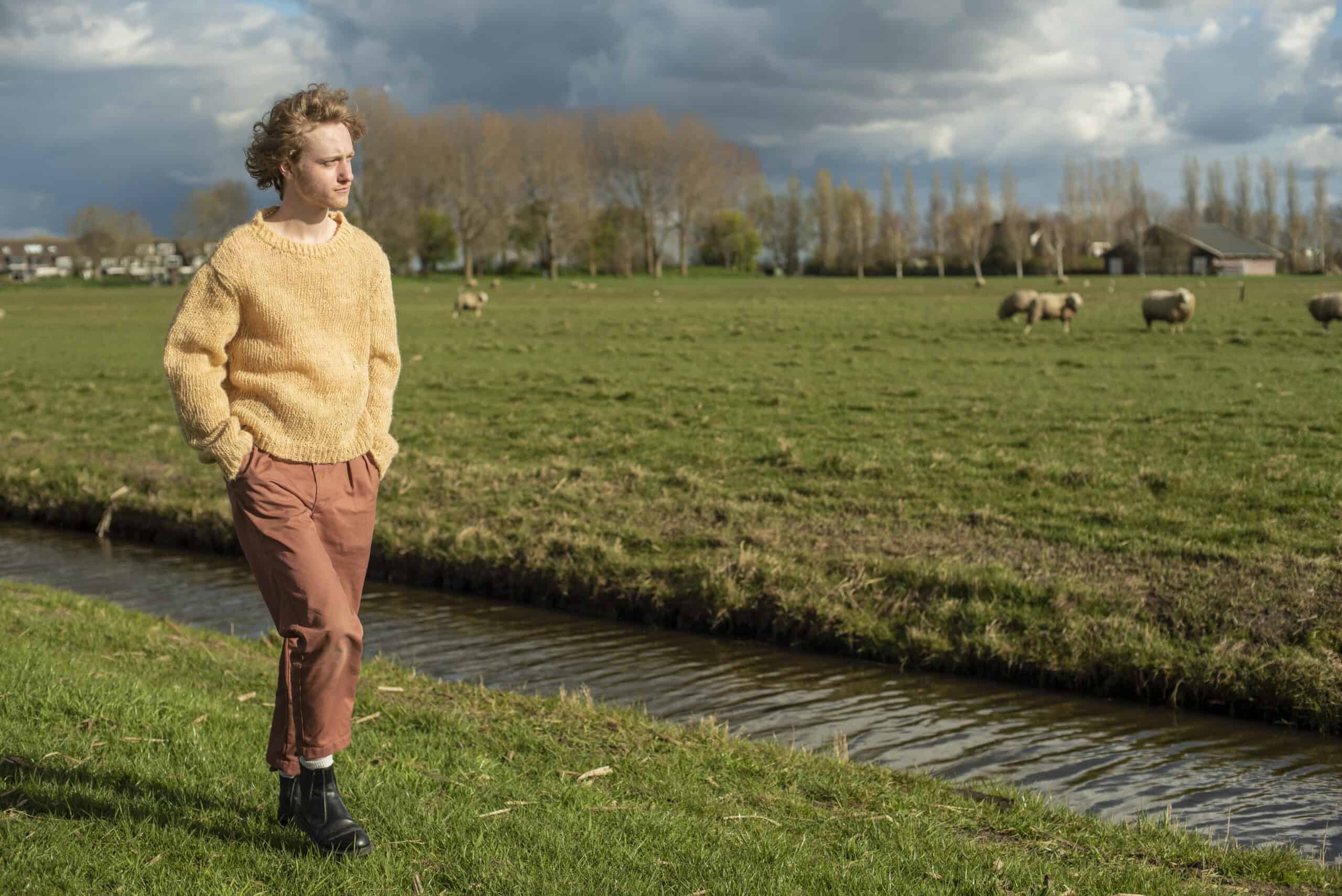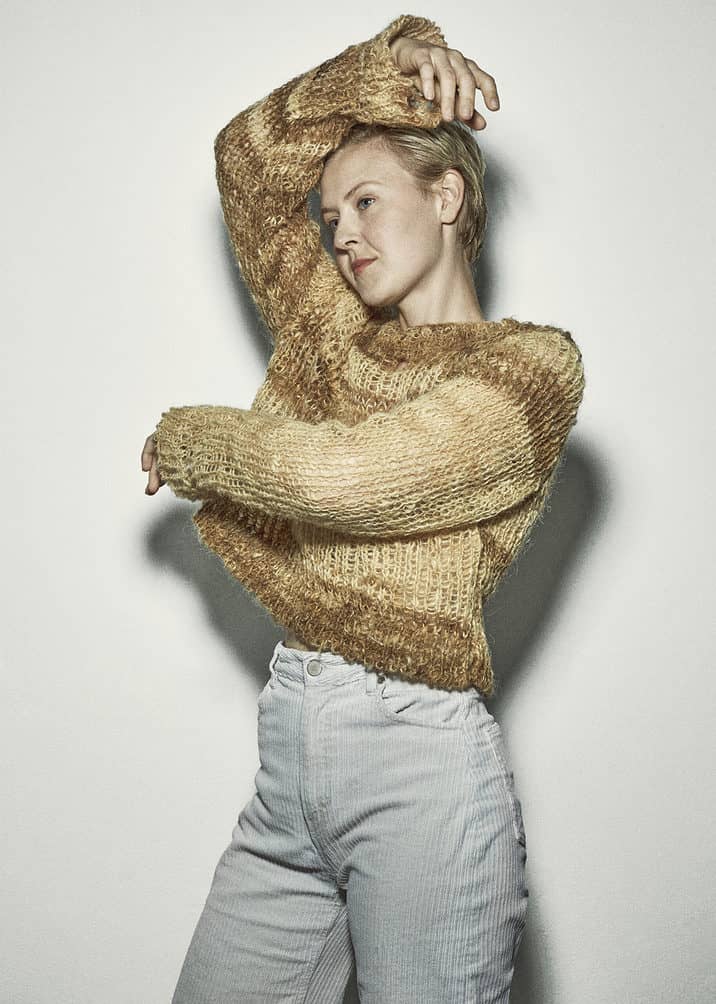
The start-up Human Material Loop based at the Brightlands Campus in the Dutch town of Geleen wants to make shoes, clothing and bags out of human hair. “When I first walked into a hair salon to see if I could get some hair, they said: `Hey, at last, we’ve been waiting years for this.'”
It is the day after the climate summit in Egypt. Hungarian-born Zsofia Kollar (31) seems unperturbed by the lackluster results. “It was the 27th summit and we know what all those past meetings have achieved. Change must come from individuals who have the courage to sacrifice something to bring about change.” Individuals like her.
Dirty
For her, Covid-19 was a gamechanger. “As an artist and designer I was mostly busy with exhibitions for galleries and such but during the pandemic I asked myself the question: ‘What responsibilities do I have and where do I fit in when it comes to contributing to a better world other than designing beautiful things for the elite and being part of the capitalist system? I want to effect change.”
Even during her studies, she was already fascinated by human hair. In the sense that it receives a great deal of attention in every culture but once hair has been cut, it becomes worthless and people even see it as dirty once it’s lying on the floor.
“I don’t know exactly why that is, I spend a lot of time thinking about it. I hear a lot of comments saying that it’s dirty and that it’s weird if you make clothes out of it. But look at all the usual processes in the garment industry – as if they aren’t dirty or polluting.”

No lingerie
Zsofia went off and did some research. “I wanted to do something with human hair. But what could I possibly do with it? What was the most sensible thing to do with it?” She has since figured that out. Hair is incredibly strong and elastic. “Human hair is not that different from wool, it’s perhaps a little thicker.” So far, her company has made a sweater; the next step is to produce a pair of sneakers. “We can’t make lingerie out of it, that’s too fine; it’s more of a substitute for wool, acrylic or polyester.”
According to Zsofia, 51 million kilos of hair is thrown away every year in Europe. Therefore, the key is to set up an infrastructure in order to collect it. Because although the Human Material Loop is still under development, Zsofia likes to think big. “We want to establish a closed ecosystem for the garment industry with the lowest possible CO₂ emissions.”
Surprising
The first sweater comes in a large size and is made from 700 grams of hair from Amsterdam. “When I first walked into a hair salon and explained what I came to do, I found their response very surprising. They said: `Hey, at last, we’ve been waiting for years for someone with this question to turn up because we’ve been producing so much waste for so many years. It ought to be good for something, right?'”
On her website, Zsofia invites visitors to fill out a survey that prompts you to think about using human hair. “Many people think that reuse is a sensible and a good idea, although a lot of people also find it strange, which is why marketing and communication are extremely important. We need to have ambassadors who make this the norm in the clothing industry. We have a few prototypes right now and are still refining the technology, although we are not ready for the market just yet. After all, we have to figure out how often and how hot a sweater made of hair can be washed, what does that mean for the colors. There is still plenty to do.”
Bureaucracy
The fashion industry, according to Zsofia Kollar, is keenly interested. “They know that things cannot go on like this. We have something to offer them.”
At first, her ideas were met with scant enthusiasm from scores of places in the Netherlands that are known for their innovative hubs. “It was extremely difficult to break through the bureaucracy, but Brightlands is the place to be for us. It’s incredible what kind of innovations they are working on there, all the connections that are being made. There is so much knowledge, so much innovation, so much technology, you are challenged to think and push yourself even more. The expertise and facilities are superb. As far as I’m concerned, this is the promise for the future.”
For now, the Human Material Loop is joining forces with a wool factory that has a spinning mill in Prato, heart of the Italian textile industry. “Then we won’t need to build a factory ourselves. There aren’t any more spinning mills left in the Netherlands, so that’s why. We want to set it up so that the factory can handle a tonne of hair per day.” The first products will be sneakers, jackets, bags, curtains and carpets. To avoid losing too much time, HML will partner with existing fashion brands to break the taboo around the use of hair.
“Hair grows everywhere on this planet,” Zsofia says. “Our mission is to build a global infrastructure. We can really make a difference.”


